Speedplay POWRLINK ZERO Pedals
It was well over a decade ago that phantom samples of a power meter built into a Speedplay pedal first appeared at an Interbike booth, and discussion of this potential product has been a hot of our forum ever since. There’s a live thread on them now.
The wait is over. Today Wahoo Sports finally unveiled the Speedplay POWRLINK ZERO power meter pedal.
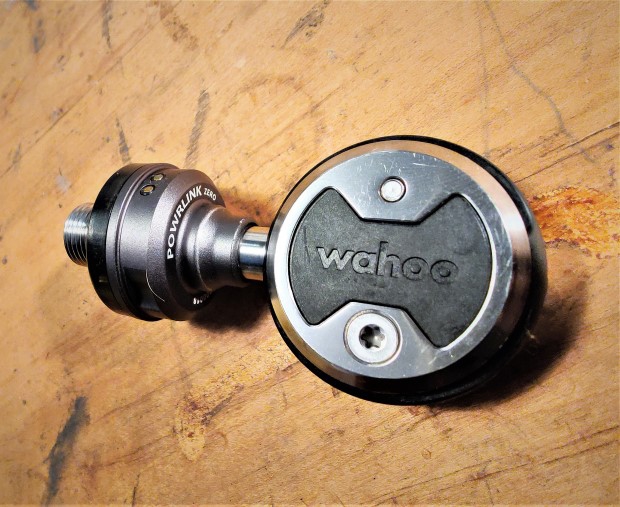
The POWRLINK ZERO is available to order right now, in two different versions. A dual sided version with both left and right power retails for $999.99, and a single sided version with a left only power meter sells for $649.99. Euro prices are the same, €999.99 and €649.99. Weights for the two versions are listed as 276 and 250 grams respectively, and the dual sided version was bang on that number according to my scale. (Unpowered Speedplays with a 53mm spindles weigh 222 grams.)
There is a lot to talk about with this product, and we’re going to break it down into (at least!) two different articles. This being part-1, we’ll cover the physical aspects of the product and the basic specifications, and take a fairly deep dive into the pedal/cleat/shoe interface. Part-2 – after we’ve had a bit more time on the pedals – will delve into the accuracy and precision of the power meter.
Installing the pedals on your bike is a breeze. Slide the (included) pedal washers over the threaded portion of the pedal, grease the threads, thread pedals on to crank arms. The pedals are installed using a pretty standard 8mm Allen wrench, and a recommended tightening torque of 30nm. You should probably re-torque the pedals after your first ride, just to avoid any bedding-in issues that could result in wonky data.
The pedals are charged via contacts on the outside of the pod that interface with a pretty slick little charging clip.
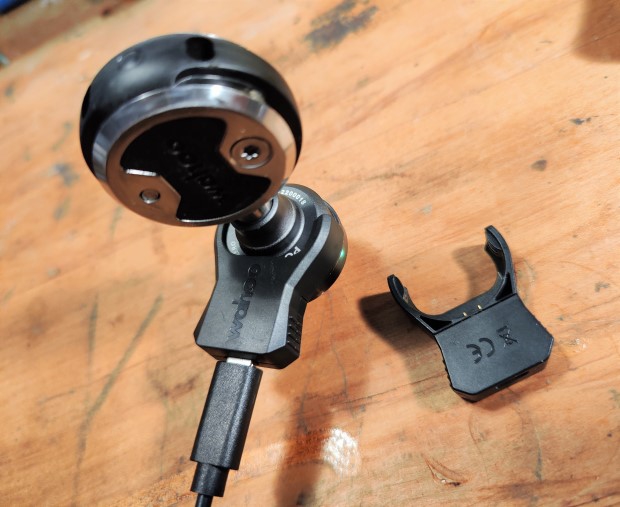
Two charging clips are included with the dual-sided version of the pedals and, yes, they are USB-C. A USB-A to USB-C Y-cord is included with the pedals, which is a nice touch. There is no USB wall wart, but do you really need yet another one of those?
In form and function, this is exactly what Speedplay fans have been asking for all these years. It’s a ZERO pedal with a power meter inside. It’s not exactly a ZERO pedal, though.
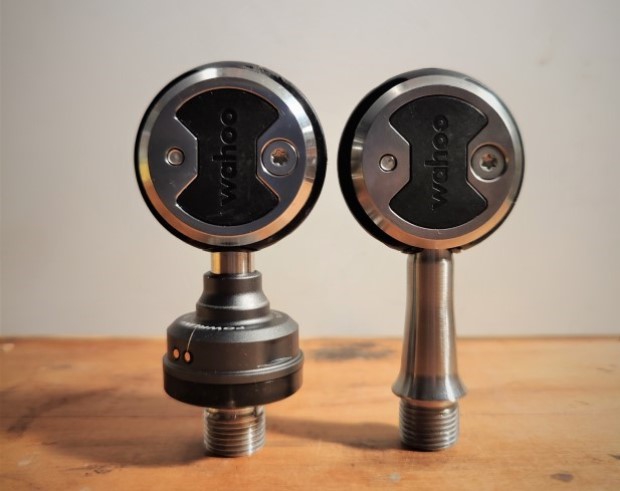
The obvious difference is the sensor/transmitter pod on the inboard side of the pedal spindle, but that’s not the only change.
A standard ZERO pedal body is 17.2mm thick. The POWRLINK ZERO body is 19.9mm thick. This results in just over a millimeter increase in stack height with the power meter version. This is pretty close to the kind of difference you’ll experience switching between winter and summer socks, but the increase is there.
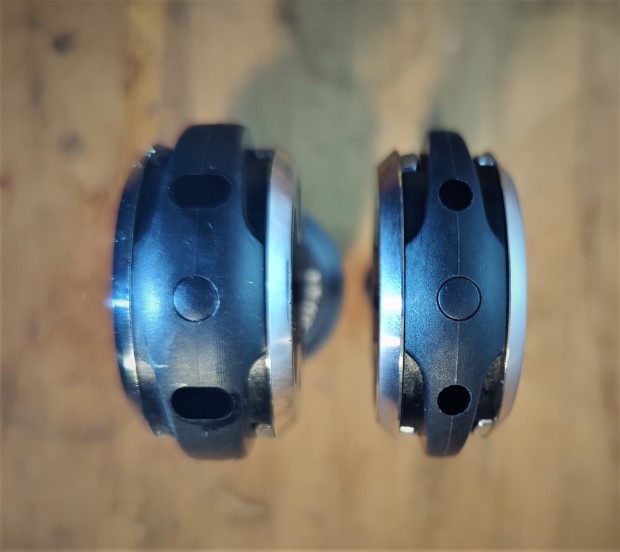
The POWRLINK ZERO axle is also ever so slightly longer.
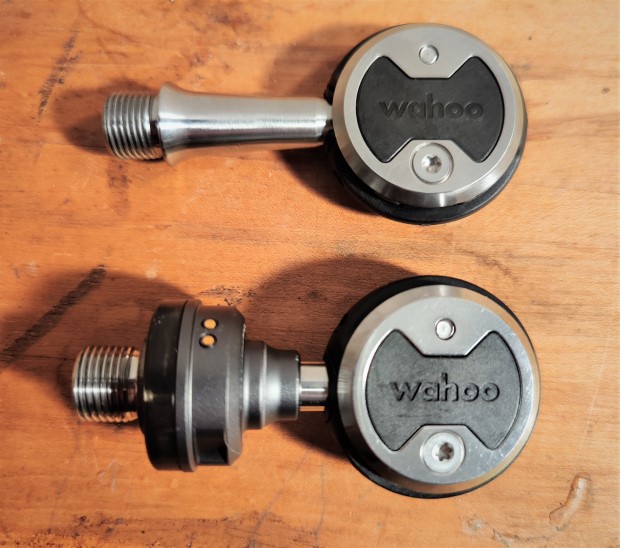
The pedals used for this review measured out at 54.5 mm from the center of the pedal to the base of the threads. That’s 1.5mm more than the standard ZERO stainless pedals came in at, and it’s the equivalent of a pedal washer. Pedal washers are included with the pedals, and you’ll want to use them so you have to factor that in, too. That’s not much, but it’s enough that a fair number of people will probably want to adjust cleat placement to compensate. I definitely did. Luckily, lateral adjustment is in pretty good supply with the Speedplay cleats. It is important to note that this is the only spindle length Wahoo is offering on the POWRLINK ZERO at this time.
Cleats are, of course, included with the pedals, and they are identical to the ones that come with the standard ZERO pedals. As with the ZEROs, an assortment of shims is included to match the cleat mounting surface to the curvature of your shoe, as are the rubbery “aero” covers and surrounds.
The pedals automatically calibrate. Or they don't. See our publisher Dan Empfield's answer on this on our Reader Forum thread on the pedals. see Ray (DC Rainmaker) Maker's reply on that thread, 2 posts below Dan's.
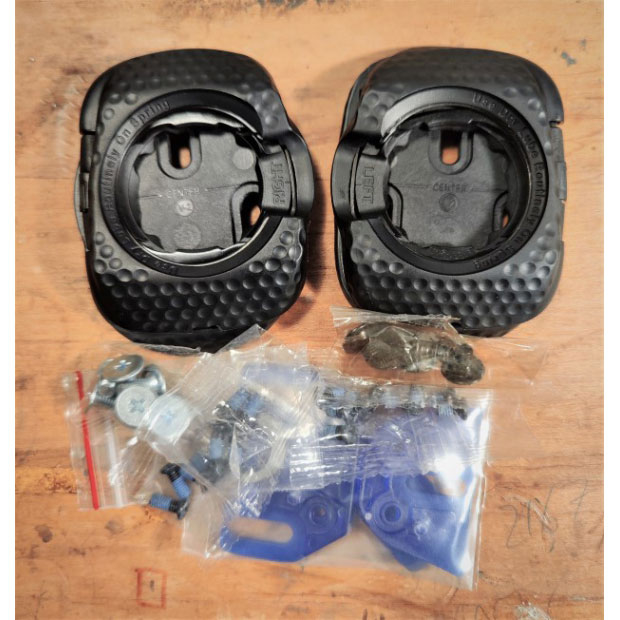
The electronics pod on the pedal definitely has some shoe/cleat/pedal interface implications, and attention to detail is pretty important when installing cleats. The pod isn’t huge, but it’s there, and you don’t want it to come in contact with your shoes. Wahoo includes a set of 2.5 mm thick cleat shims with the pedals, and this is a smart addition to the package. My guess is a fairly large number of installations will require the shim to avoid shoe/pod contact, and it’s nice to find it right there in the box.
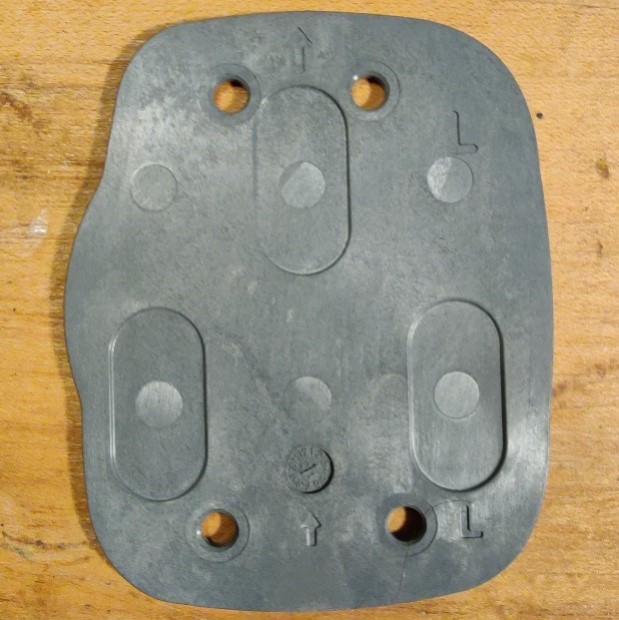
It isn’t safe to assume that you can use the same cleat setup with the Powerlink as you’re using with your current ZERO pedals, and if you use more than one pair of shoes, you will want to check them all. I use different shoes for indoor vs outdoor riding, and while my indoor shoes fit just fine on the Powerlink, my outdoor shoes… not so much.
I have a 3 degree valgus (yes, valgus, which is quite rare) wedge under my cleats on these shoes, and this is a problem. The wedge goes between the cleat and the 4-bolt to three bolt adapter, and it tilts the cleat interface in towards the crank – you guessed it – 3 degrees. This is just enough tilt to cause the cleat cover to rise up just a tiny little bit on the inboard side, and as a result it rubs on the tapered part of the transmitter pod. If I want to run these pedals with these shoes, I will need to either use a different style of shim that goes directly between the shoe and the 4> 3 bolt adapter, or modify the cleat cover to create more clearance. Cleat wedge users will want to look for this problem, especially those (rare) ones with valgus correction.
The cleats on my outdoor shoes are also just a bit more worn than the ones on my indoor shoes, and as a result, when I’m actually riding in them they have a little bit of “toggle” or medial/lateral angular movement. There’s plenty of clearance when the shoe is lying flat on the pedal…
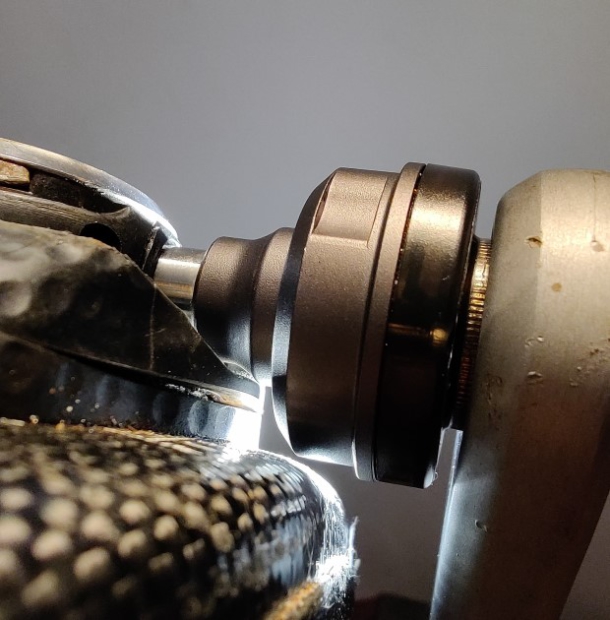
But if I apply just a little bit of medial pressure, that clearance pretty much disappears.
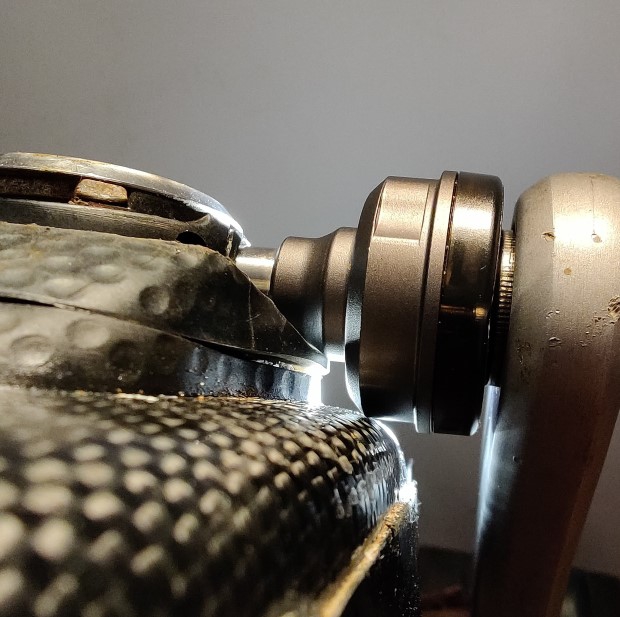
…and the sensor pod makes contact with the shoe. Periodic inspection for the development of cleat toggle will probably be important for installations with close tolerances.
While we’re on the subject of close tolerances, it’s worth noting that there was a fair bit more margin for error on the 4-bolt pattern shoes I tried.
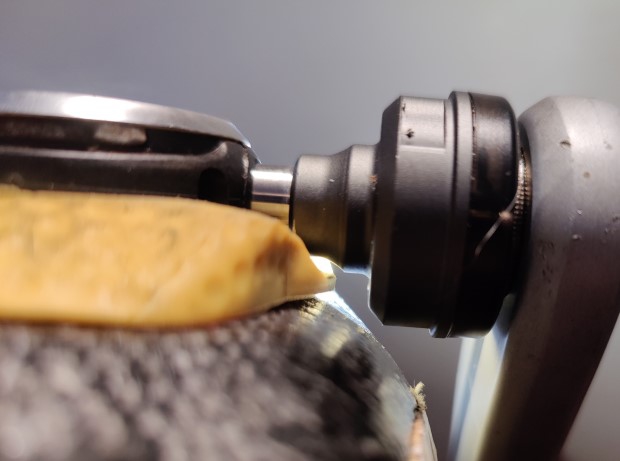
There’s likely to be a fair bit of variance between brands, but at least with the Bont shoes I used, the 4-bolt native shoe just set up much more easily with these pedals. No shims needed here!
As a final note on the cleat/pedal interface, it is definitely not a good idea to run these pedals with the covers removed from the cleats. I typically do this with the shoes I use for indoor riding, as sweat tends to collect in the covers and rust out the cleats fairly quickly. Unfortunately, if you take the covers off this will probably happen…

The tapered portion of the transmission pod runs smack into the sharp edge of the upper cleat plate when you rotate your foot to unclip, and that takes a nice little bit off the edge of the pod. Fair warning, keep the covers on.
It’s important to note that if you’re at all familiar with the standard Speedplay ZERO pedals, all of this is going to be a lot less imposing than it probably sounds like here. It took a lot more time to write all of this than it did to install the pedals, and correct for the small issues discussed here. The Speedplay system is definitely more complicated than something like a Look or Shimano system, but that complexity allows for things like precisely tuned float adjustment, simple compensation for leg length difference, and dual sided entry. All of these advantages are retained in the power meter version of the pedal. And it’s a power meter! If you’re a Speedplay user – and, cards on the table, I definitely am – you won’t be disappointed by any of the pedal aspects of these pedals.
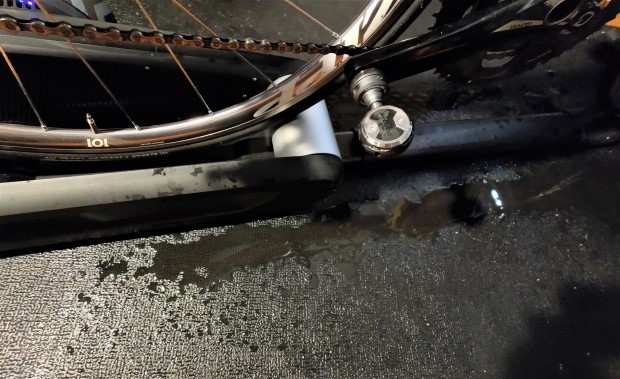
The publisher of this site is a big fan of Speedplay and has been critical of power meters in pedals. His stated view is that a power meter should not take away from the proper function of a pedal (or hub, or crank for that matter). He's riding the POWRLINK right now, no clearance issues for him, using a pair of existing Speedplay-cleat-mounted Shimano RC9 shoes.

In his view, the POWRLINK passes the utility test because he believes so much of the value in Speedplay exists in the cleats. Also, I happen to know he rides a 56mm spindle in Speedplay, and the POWRLINK + pedal washer gets him exactly there.
In part two, we’ll dive into the power meter side. Above is a peek at some early numbers (we'll use DC Rainmaker's excellent analyzer). Here's more on the Speedplay POWRLINK ZERO.


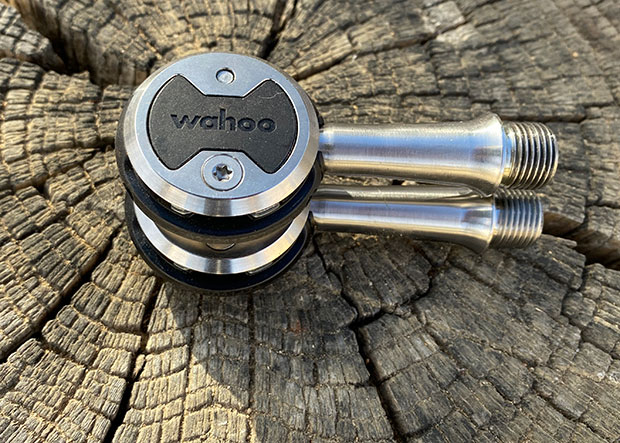
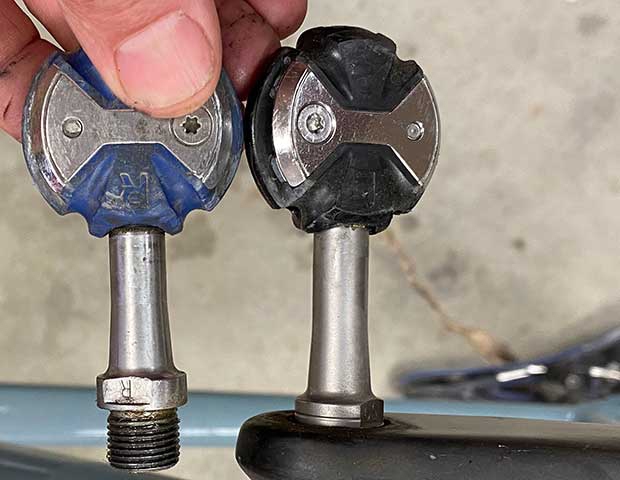
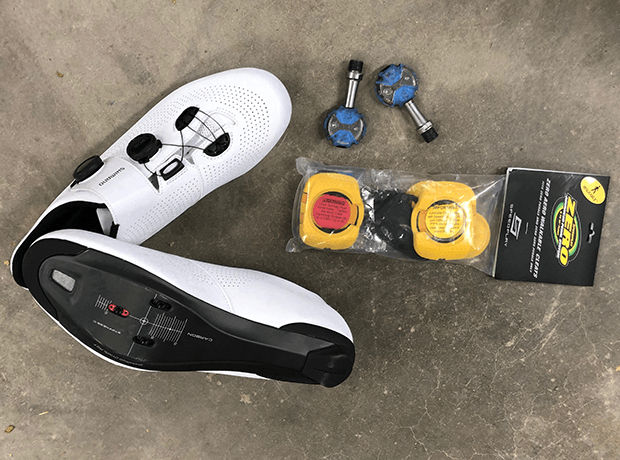
Start the discussion at slowtwitch.northend.network